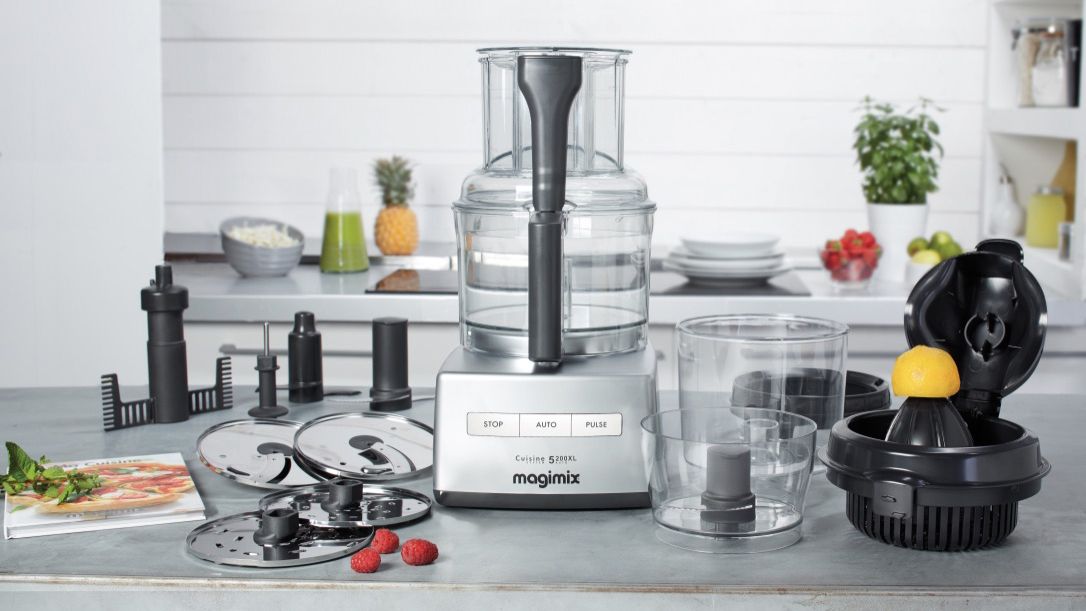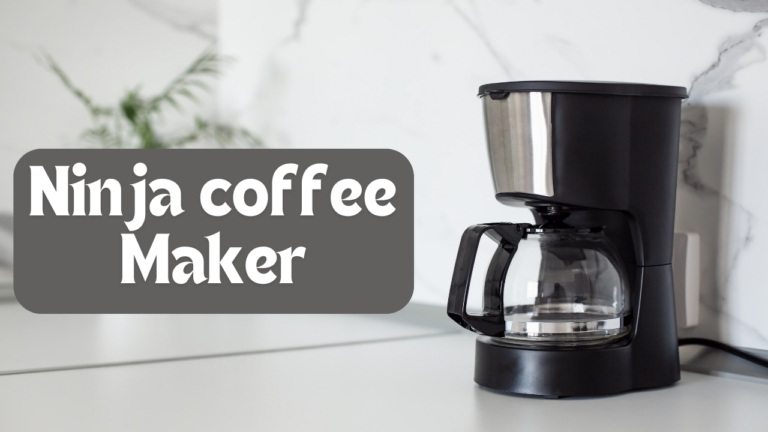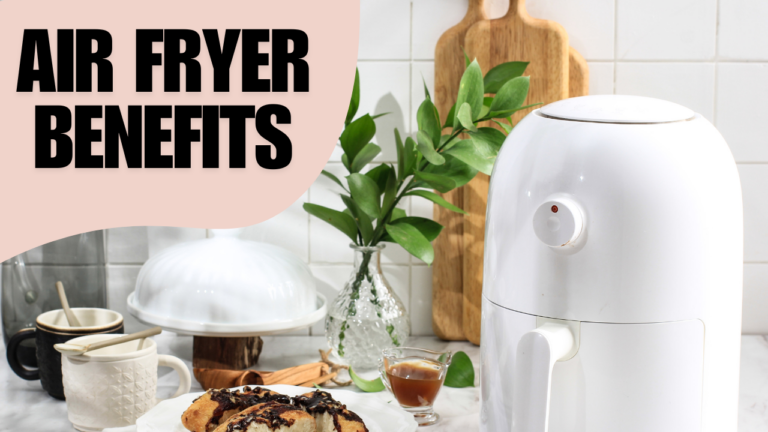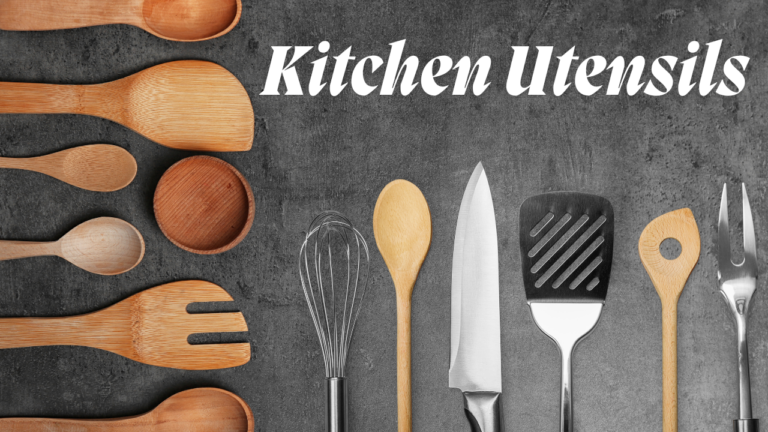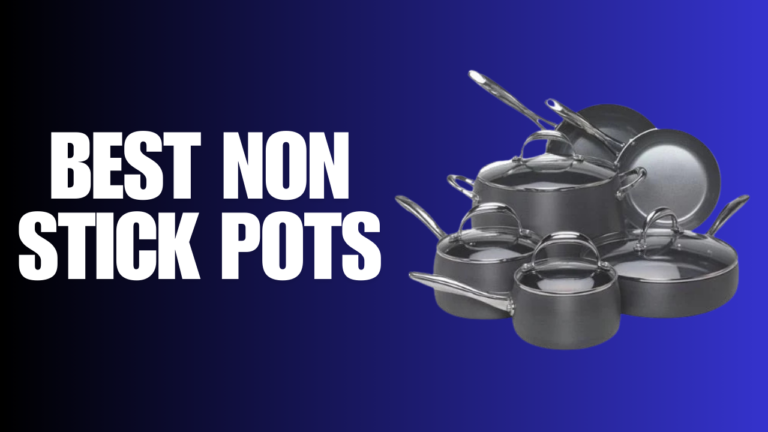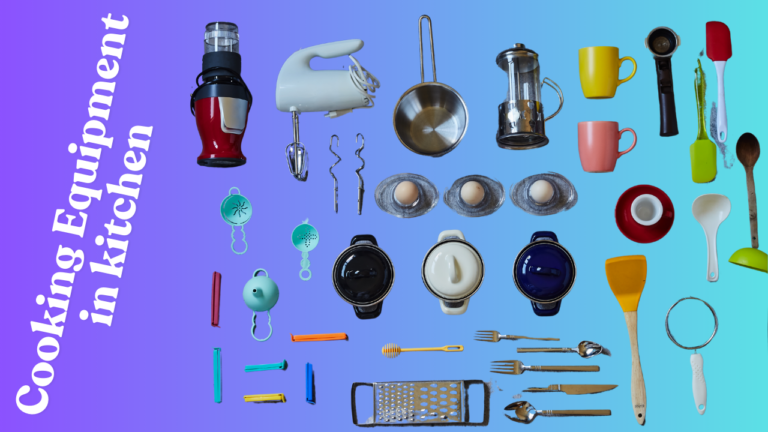Food Processor: The Ultimate Kitchen Companion You’ll Love
In today’s fast-paced world, having the right kitchen tools can make cooking easier, faster, and more enjoyable. One of the most versatile appliances that has become a must-have in many households is this powerful device that can chop, slice, shred, knead, grind, and even puree food in minutes, saving both time and effort. Whether you are a home cook experimenting with new recipes or someone who simply wants to simplify meal preparation, a food processor can transform your kitchen experience.
This comprehensive guide will cover everything you need to know about this essential kitchen appliance: what it is, how it works, its benefits, the different types available, key features to consider, and practical tips on choosing the best one for your home.
What Is a Food Processor?
This multi-functional kitchen appliance is designed to perform repetitive food preparation tasks quickly. Unlike blenders, which are primarily used for liquids and smoothies, it is built to handle solid and semi-solid foods with ease. With a wide range of blades, discs, and attachments, you can chop vegetables, slice fruits, shred cheese, grind nuts, knead dough, and much more.
At its core, a food processor consists of:
- Motor Base: Provides power and speed control.
- Bowl or Container: Holds the food being processed.
- Blades and Discs: Interchangeable attachments for different tasks.
- Lid and Feed Tube: Allows you to safely add food while processing.
READ MORE: Kitchen Improvement Ideas
Benefits of Using a Food Processor
This appliance is more than just a time-saving gadget. It offers multiple benefits that make it indispensable in a modern kitchen:
- Saves Time and Effort
Chopping onions, shredding cabbage, or kneading dough by hand can be time-consuming. A food processor accomplishes these tasks in seconds. - Consistency in Food Preparation
Whether you’re slicing cucumbers or dicing carrots, a food processor ensures uniformity, which is essential for both aesthetics and even cooking. - Versatility
From making nut butter and hummus to preparing pie crusts and grinding meat, the range of tasks a food processor can perform is impressive. - Encourages Healthy Cooking
With quick and easy chopping, you’re more likely to prepare fresh salads, homemade dips, and healthy meals instead of relying on processed foods. - Great for Large Families
Preparing food for multiple people becomes less stressful when you have a powerful appliance to do the heavy lifting.
Common Uses of a Food Processor
The possibilities with a food processor are nearly endless. Here are some of the most popular uses:
- Chopping: Onions, garlic, herbs, and vegetables.
- Slicing and Shredding: Cheese, cucumbers, carrots, potatoes, or cabbage for coleslaw.
- Pureeing: Soups, baby food, and sauces.
- Grinding: Nuts for nut butter, or meats for burgers and meatballs.
- Kneading Dough: Pizza, bread, or pastry dough.
- Making Dips and Spreads: Hummus, guacamole, pesto, and salsa.
- Mixing Batters: Pancakes, cakes, and cookies.
Types of Food Processors
Food processors come in different designs and sizes to suit various cooking needs:
- Full-Sized Food Processor
- Best for large families or frequent cooking.
- Comes with multiple attachments and a large capacity bowl.
- Handles everything from chopping vegetables to kneading dough.
- Best for large families or frequent cooking.
- Mini Food Processor
- Compact and lightweight.
- Ideal for small tasks like chopping garlic, making small batches of sauce, or grinding spices.
- Perfect for individuals or couples.
- Compact and lightweight.
- Blender-Food Processor Combo
- Combines the functionality of a blender and food processor.
- Great for people with limited counter space who want both functions in one appliance.
- Combines the functionality of a blender and food processor.
- Commercial Food Processor
- Designed for restaurants and catering services.
- Heavy-duty motor and large capacity for continuous use.
- Designed for restaurants and catering services.
Key Features to Look for in a Food Processor
When buying a food processor, certain features can make a big difference in performance and convenience:
- Motor Power: A powerful motor (600 watts or more) can handle tougher tasks like kneading dough or chopping root vegetables.
- Capacity: Choose a bowl size that matches your cooking needs—small (3–4 cups) for individuals or large (10–14 cups) for families.
- Attachments and Blades: Look for slicing discs, shredding discs, dough blades, and multi-purpose chopping blades.
- Ease of Cleaning: Dishwasher-safe parts make cleaning much easier.
- Feed Tube Size: A wide feed tube saves time by allowing larger pieces of food to be processed without pre-cutting.
- Speed Settings: Multiple speeds and a pulse function provide better control.
- Durability and Warranty: A strong build and a reliable warranty ensure long-lasting use.
Food Processor vs. Blender: What’s the Difference?
Many people confuse food processors with blenders, but they serve different purposes.
- Food Processor:
- Best for chopping, slicing, shredding, kneading, and pureeing solid foods.
- Works with minimal liquid.
- Includes various blades and discs.
- Best for chopping, slicing, shredding, kneading, and pureeing solid foods.
- Blender:
- Best for making smoothies, juices, and soups.
- Requires liquid to function effectively.
- Limited to blending and mixing.
- Best for making smoothies, juices, and soups.
For a versatile kitchen setup, having both a blender and this appliance is ideal. However, if you must choose one, it offers more flexibility for meal preparation.
Popular Brands of Food Processors
Several well-known brands manufacture high-quality food processors. Some of the most trusted names include:
- Cuisinart – Known for durability and multiple attachments.
- KitchenAid – Offers stylish designs and versatile models.
- Hamilton Beach – Affordable and reliable for everyday use.
- Breville – High-performance processors with advanced features.
- Ninja – Known for powerful motors and combo models.
Tips for Using a Food Processor Effectively
To get the best results from your food processor, keep these tips in mind:
- Don’t Overfill the Bowl – Overloading can reduce efficiency and strain the motor.
- Use the Pulse Button – For more control over chopping and mixing.
- Chill Ingredients First – Especially useful when shredding cheese or making pastry dough.
- Cut Large Foods into Chunks – Even though the feed tube helps, pre-cutting ensures smoother results.
- Clean Immediately After Use – Prevents food from sticking and makes cleaning easier.
Maintaining and Cleaning Your Food Processor
Proper maintenance extends the life of your food processor:
- Disassemble and Wash: Always take apart the blades, bowl, and lid after use.
- Hand Wash Sharp Blades: To maintain sharpness, avoid dishwashing blades.
- Wipe the Motor Base: Never immerse the motor base in water; simply wipe it with a damp cloth.
- Store Safely: Keep blades in protective storage to prevent accidents.
The Future of Food Processors
Modern technology continues to improve the functionality of these appliances. Many new models now come with:
- Touchscreen Controls
- Smart Programs for Specific Foods
- Quiet Motors
- Compact, Space-Saving Designs
These innovations make this appliance even more user-friendly and indispensable in modern kitchens.
Should You Buy a Food Processor?
If you enjoy cooking at home, love experimenting with recipes, or want to save time in the kitchen, the answer is yes. This appliance is a worthwhile investment that pays for itself in convenience and versatility. It allows you to prepare meals more efficiently while encouraging healthier eating habits.
Final Thoughts
The food processor is truly the ultimate kitchen companion. Its ability to chop, slice, shred, grind, and knead makes it one of the most versatile appliances any home cook can own. From saving time and effort to promoting healthy cooking, it enhances the overall cooking experience.
When choosing this appliance, consider your cooking needs, the size of your household, and the features that matter most to you. With the right model, you’ll find yourself cooking more often, trying new recipes, and enjoying the process instead of dreading the prep work.
In short, this appliance isn’t just a gadget—it’s a game-changer for anyone who loves food and values efficiency in the kitchen.

